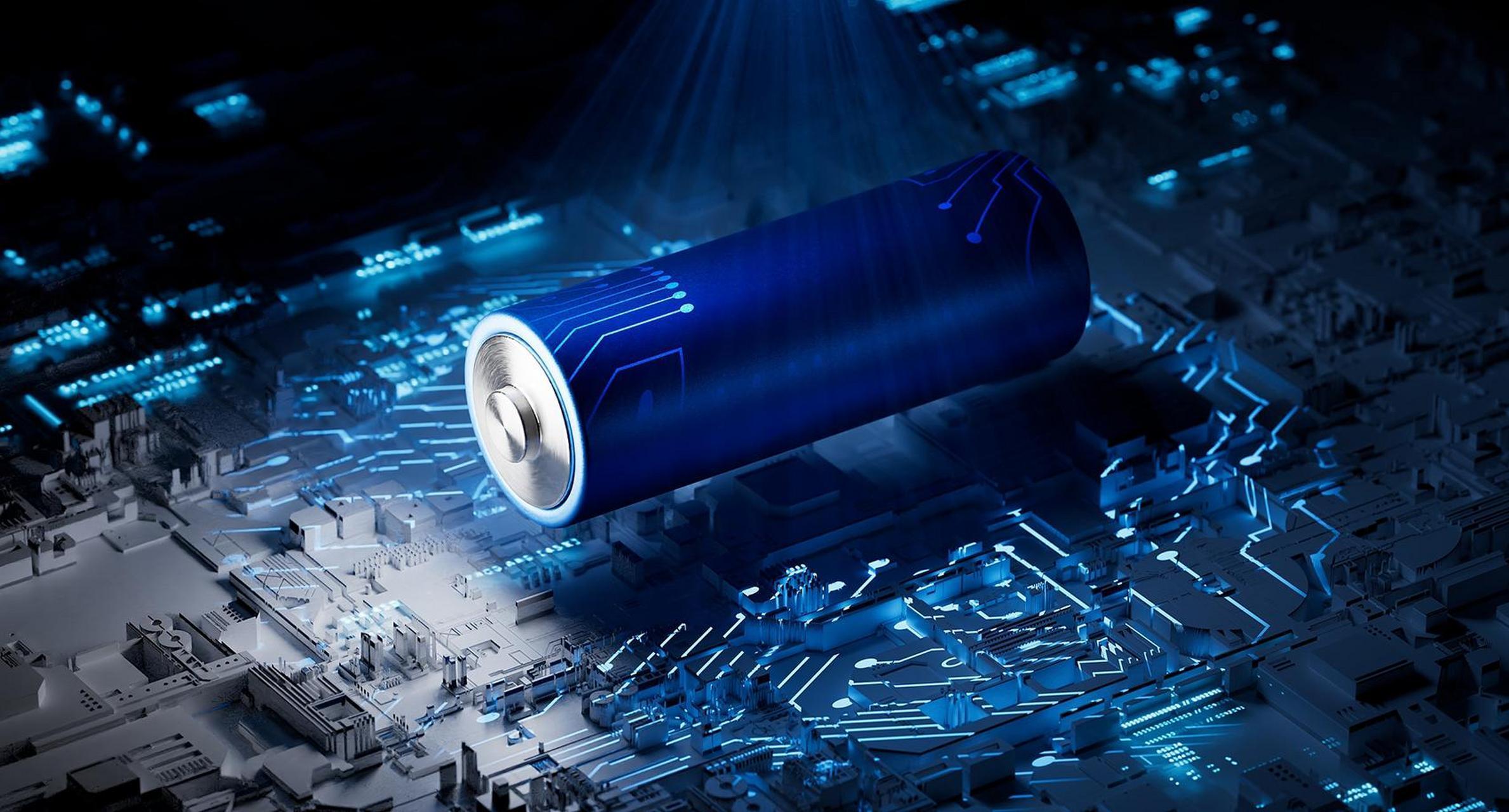
As the global race toward next-generation electric vehicles intensifies, solid-state battery technology has emerged as the leading candidate to replace traditional lithium-ion batteries. Known for their superior energy density and safety, solid-state batteries are seen as a game-changer in energy storage. Recently, China made two landmark announcements: the world’s first experimentally verified explanation of solid-state battery short-circuit mechanisms, and the release of the first international standard for all-solid-state batteries. These dual breakthroughs not only fill critical technological gaps but also redefine the industry landscape.
Despite their promise, solid-state batteries have long faced one major hurdle—unexpected short circuits that compromise safety and performance. Now, Chinese researchers have taken a critical step forward. Led by Dr. Chunyang Wang at the Institute of Metal Research, Chinese Academy of Sciences, a team of scientists has successfully identified the underlying cause of this issue using cutting-edge in-situ transmission electron microscopy.
Published in the Journal of the American Chemical Society (JACS) on May 20, 2024, their study visually captured, at the nanoscale, how lithium metal irregularly deposits within the battery, creating conductive channels that lead to "soft" short circuits. These eventually evolve into irreversible "hard" shorts, marking the first time this phenomenon has been conclusively documented.
To counteract this, the team introduced a novel organic-inorganic composite solid electrolyte. This material offers both mechanical flexibility and electrical insulation, effectively suppressing lithium dendrite growth—a key contributor to short circuits. The result is a safer, longer-lasting battery that brings commercial deployment one step closer.
For years, the terms "solid-state" and "semi-solid-state" batteries have been used interchangeably, creating confusion among consumers and hindering industry cohesion. On May 22, 2024, the China Society of Automotive Engineers (CSAE) released a groundbreaking technical standard—T/CSAE 434-2025: Method for Determining All-Solid-State Batteries. This is the first globally recognized guideline that clearly defines what constitutes a true all-solid-state battery.
This new standard introduces a two-step diagnostic method based on weight loss measurements under high-temperature vacuum conditions:
Qualitative Test: Visually inspect the battery for any liquid leakage upon breach.
Quantitative Test: Dry the battery in a vacuum at 120°C for six hours. If the weight loss is less than 1%, the battery qualifies as all-solid-state.
Compatible with sulfide-, oxide-, and polymer-based electrolytes, the standard boasts a high accuracy rate with only a 0.3% margin of error. This effectively eliminates gray areas and provides a robust benchmark for global manufacturers.
The formulation of this standard was led by the China Automotive Technology and Research Center (CATARC) and involved over 50 organizations, including CATL, BYD, and Tsinghua University. The project took eight months to complete and signifies a strategic move for China to solidify its leadership in the battery space.
Initial estimates show that widespread adoption of the standard could:
Increase testing efficiency by 50%
Reduce market entry costs by 30%
Significantly enhance industry regulation and consumer trust
Moreover, by being the first to establish a universal definition, China gains a first-mover advantage in shaping future international regulations. As other regions like Japan, the U.S., and Europe lag behind, China is already positioning itself as the global authority on solid-state battery standards.
With the foundation of robust technology and clearly defined standards, China’s solid-state battery industry is gaining significant traction. Several major players have already launched initiatives:
Gotion High-Tech has completed a pilot production line and begun real-vehicle integration testing.
SAIC Motor, CATL, and Mercedes-Benz have released solid-state battery mass production roadmaps targeting 2027.
Upstream suppliers are strengthening their positions to support the emerging solid-state supply chain.
Experts forecast that low-volume production could begin as early as 2027, with full-scale commercialization likely by 2030.
The recent scientific and regulatory milestones mark a defining moment for the commercialization of solid-state batteries. With unprecedented visibility into failure mechanisms and a globally pioneering standard now in place, the path to scalable deployment is clearer than ever.
Driven by policy support, strategic investment, and technological leadership, solid-state batteries are poised to dominate the energy storage market over the next decade. China’s proactive approach has not only eliminated critical roadblocks but also redefined global benchmarks—signaling the dawn of a solid-state battery era led by China.
Next:EVE Energy Announces 2026 Commercial Launch of Solid-State Battery with 350Wh/kg Density
Previous:Sungrow Powers Finland's Arctic Solar Milestone with 70MW Project
Contact Person: Miss. Elsa Liu
| WhatsApp : | +8617763274209 |
|---|---|
| Skype : | +8617763274209 |
| WeChat : | 17763274209 |
| Email : | Elsa@lifepo4-battery.com |